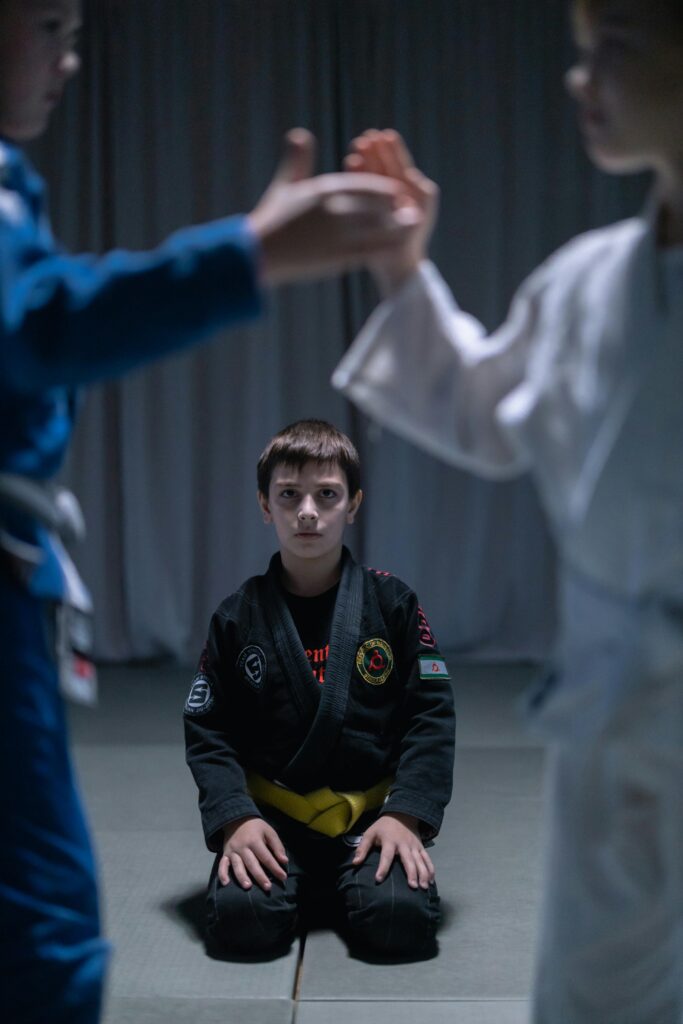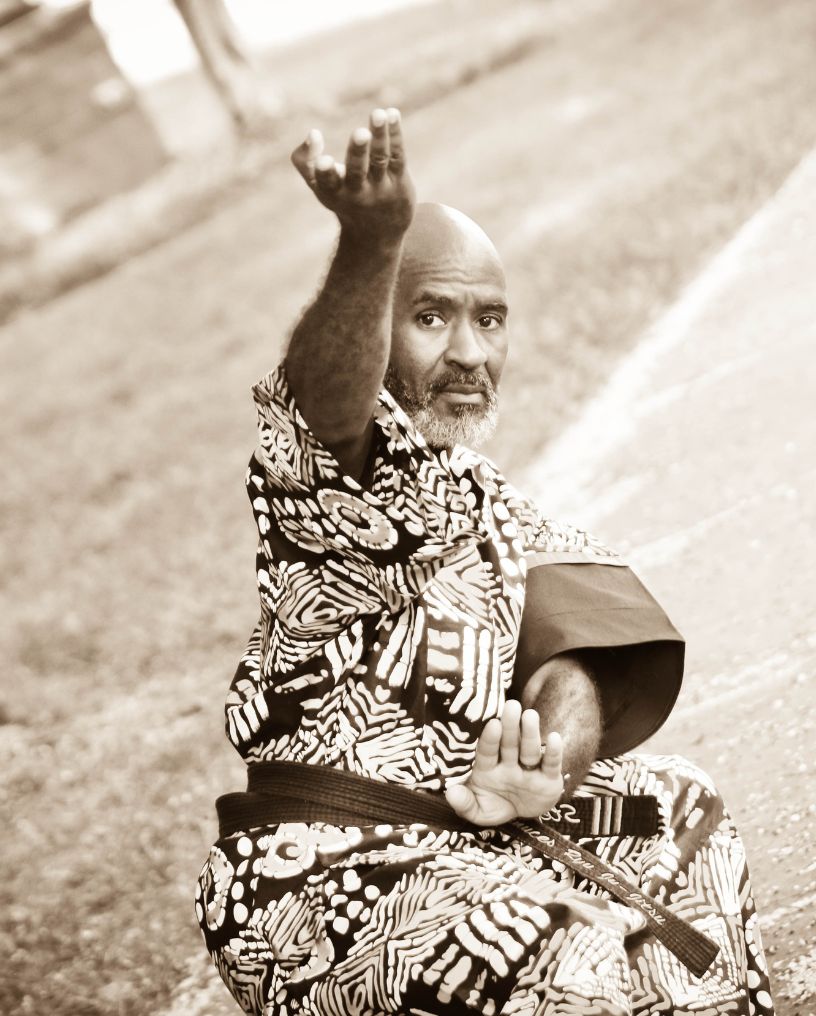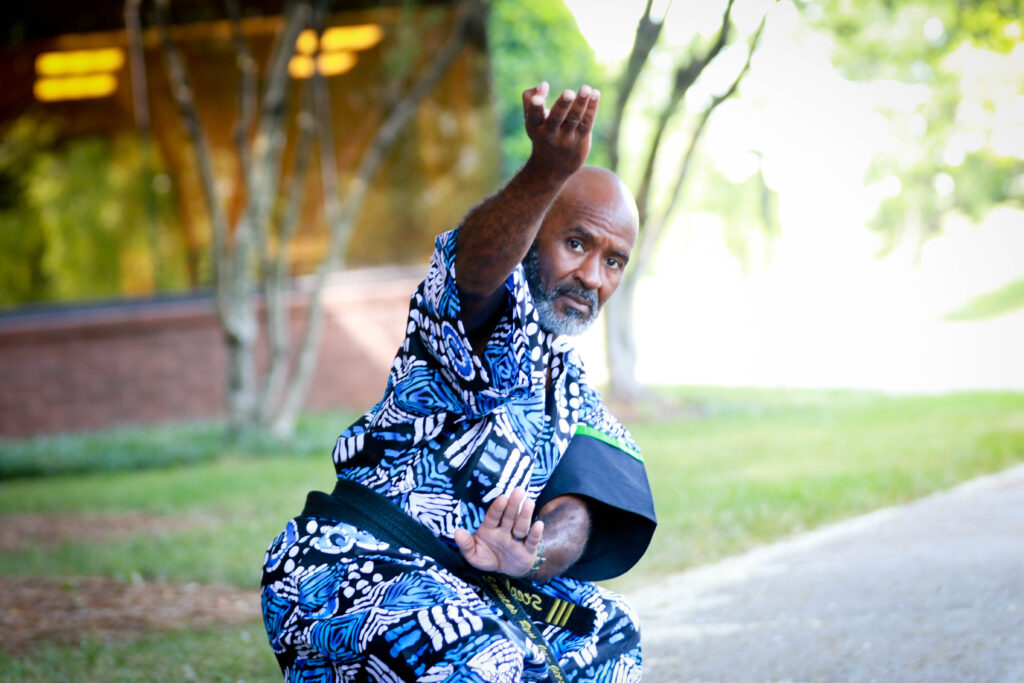No one likes to imagine the terrifying scenario of a home intrusion. But being prepared can make all the difference between panic and protection.
Knowing how to defend yourself from a home intruder doesn’t just involve physical skills—it’s about staying calm, thinking strategically, and using your environment to your advantage.
Whether you’re living alone or with family, this guide will help you feel more confident, prepared, and focused under pressure.
Facing the Moment of Intrusion
If you suspect someone has entered your home, the decisions you make in those first moments are critical. Your safety and composure are your strongest assets.
Keeping your mind clear will help you take purposeful actions that prioritize safety for yourself and your loved ones.
Evaluating the Threat
Pause and listen carefully to your surroundings. Identify where the intruder might be based on sounds or visible clues like shadows or movement.
Think quickly about whether it’s safer to secure yourself in a protected space or to attempt an escape.
Staying quiet is key—avoid any noises that might draw attention to your location. Even something as simple as the creak of a floorboard could give away your position.
Protecting Family Members
Gather everyone in a designated safe area, such as a locked room, where you can stay together and secure. If you’re alone, find a spot where you can protect yourself while quietly contacting the authorities.
Reinforce your position by using heavy furniture to block doors or windows. This simple step can create a barrier and buy you critical time to think through your next move.
Staying Calm Under Pressure
Your breathing is a powerful tool in managing stress. When panic starts to creep in, focus on slow, deliberate breaths. Try inhaling deeply for four seconds, holding it for four, and exhaling slowly for another four seconds.
This technique not only calms your mind but also helps regulate your heart rate, allowing you to think clearly and make better decisions. Calmness under pressure often makes the difference between chaos and control.
Strengthening Your Home’s Defenses
Securing your home with strategic upgrades can make it significantly harder for intruders to gain access. A safer home not only deters criminals but also gives you peace of mind.
Reinforcing Doors and Windows
Strong entry points are your first line of defense. Install deadbolt locks on all doors and add door jammers or security bars for extra reinforcement.
Don’t overlook windows—shatterproof film or additional locks can make them harder to break. These simple measures create physical barriers that significantly slow down an intruder.
Using Security Tools
Adding security tools to your home doesn’t have to be expensive. Motion-sensing lights can alert you to movement outside, while security cameras provide a visual record of any suspicious activity.
For a budget-friendly option, small door and window alarms that emit loud sounds can startle an intruder and draw attention to their presence.
Practicing a Family Safety Plan
Every member of your household should know what to do in an emergency. Create a detailed safety plan that outlines escape routes and safe areas. Hold practice drills to ensure everyone is familiar with the steps.
Assign specific roles, like calling for help or leading younger children, and use code words for silent communication. These small actions build confidence and ensure a quicker response if the unexpected happens.
Mastering Home-Based Self-Defense Techniques
Sometimes, confrontation can’t be avoided. In those moments, having practical self-defense skills can protect you and give you a crucial advantage.
Non-Lethal Defense Tools
Simple, easy-to-use tools like pepper spray, personal alarms, or even a sturdy flashlight can make all the difference.
Keep these items in accessible locations throughout your home, such as near your bed or entryways. Familiarize yourself with how to use them so that you can react instinctively if the need arises.
Adapting to Your Space
Your home is full of everyday objects that can serve as improvised defensive tools. A chair, for instance, can block an intruder’s path, giving you time to act.
Practice using quick, targeted self-defense moves that are effective in tight spaces. Strikes to vulnerable areas like the nose, throat, or groin can incapacitate an attacker long enough for you to escape or get help.
Calling for Help
Once you’re in a safer position, contact the authorities as soon as possible. If speaking isn’t an option, consider using silent alerts or emergency apps that let you text for help.
Provide your location and any key details about the intruder, such as their appearance or actions. This information can make all the difference in resolving the situation quickly.
Building Mental Resilience
Mental readiness is just as important as knowing physical self-defense techniques. When you feel confident and your mind is calm, it’s easier to make effective decisions in high-pressure moments.
This kind of mental strength doesn’t just appear—it takes practice, preparation, and awareness of how you respond to stress.
Breaking Free from Fear
Fear can feel overwhelming, freezing you in place just when action is most needed. To overcome this, visualization is a powerful tool. I encourage you to imagine yourself successfully managing an intrusion.
Picture each step clearly: where you’d move, how you’d act, and what tools you’d use. This mental rehearsal creates pathways in your brain, making those actions feel familiar and instinctive when they’re needed most.
Staying Centered in the Chaos
When fear starts to take over, grounding yourself in the moment can help you regain focus. A simple exercise I’ve found effective is the “5-4-3-2-1” method.
Look around and silently name five things you see, four things you can touch, three you hear, two you smell, and one you taste.
This brings your mind back to the present and calms the whirlwind of panic. Focused breathing also helps steady your thoughts and keeps you alert.
Empowering Yourself Through Training
Self-defense training builds more than physical skills; it strengthens your confidence. When you train regularly, you sharpen your instincts and learn to trust your reactions.
I recommend looking for self-defense programs that teach practical techniques for real-world situations. These classes don’t just teach moves—they prepare you mentally for how to react under pressure.
Over time, repeated practice ensures your responses become second nature, giving you an invaluable sense of empowerment.
Recovering After the Incident
Once the immediate danger has passed, your priority shifts to ensuring your safety, handling the aftermath, and regaining your peace of mind. These steps are just as critical as your actions during the event.
Securing Your Surroundings
The first thing I recommend is thoroughly checking your home to ensure the intruder has left and everyone is safe. Inspect all doors, windows, and locks for damage. Make immediate repairs or reinforce entry points as needed.
Sometimes, it might feel uneasy staying at home right after an intrusion. If that’s the case, staying with a trusted friend or family member can provide a sense of security while you take time to recover.
Reporting and Documenting the Incident
When you contact law enforcement, give them as many details as possible. Note anything you remember about the intruder, including their appearance, clothing, or any items they touched.
If you have security cameras, review the footage and provide it to the authorities—it’s invaluable for their investigation.
Being thorough here not only helps with immediate concerns but also ensures you have proper documentation for insurance purposes or future safety upgrades.
Strengthening Future Precautions
Experiencing an intrusion is unsettling, but it’s also an opportunity to reassess your safety measures. Use what you’ve learned to identify gaps in your home security or your family’s safety plan.
Strengthen your defenses by adding better locks, cameras, or a clearer emergency protocol. On an emotional level, processing the event is just as important.
Seeking support from a counselor or community group can help you regain confidence and peace of mind as you move forward.
A Safer Tomorrow Starts Today
Staying calm, focused, and prepared is key to protecting yourself and your loved ones during a home intrusion. By reinforcing your space, practicing practical self-defense, and building mental resilience, you can handle even the most challenging situations with confidence.
At Eye2Eye Combat, we specialize in bringing expert self-defense training to you with our on-location programs. Whether at home, in the office, or with a group, our tailored approach helps you prepare for real-life scenarios in the spaces where you need it most.
Don’t wait—empower yourself with the skills and confidence to stay safe. Reach out today to schedule your on-location training and take the first step toward peace of mind.
FAQs
What is the best defense for a home invasion?
The best defense is preparation. Secure your home with strong locks, reinforced doors, and alarm systems. Have a clear safety plan for your family, including designated safe spaces and ways to contact help. Learning self-defense techniques can also empower you to act calmly and decisively if an intruder enters. Preparation builds confidence and reduces the chance of panic.
How do you scare intruders away?
Intruders often look for easy targets, so make your home less appealing. Motion-sensor lights, visible security cameras, and loud alarm systems are great deterrents. Even something as simple as a barking dog or leaving lights on can make them think twice. The goal is to make your home look like too much trouble for them to bother.
What is the easiest way to defend yourself?
The easiest way is to focus on simple, effective actions. Carry non-lethal tools like pepper spray or personal alarms, and know how to use them. If you’re physically confronted, aim for vulnerable areas like the nose, throat, or groin to quickly disable an attacker. Practicing these moves ahead of time will make you feel more prepared and confident.
How to stop a home invasion?
Preventative measures are your best bet. Secure all entry points with strong locks, use motion-sensor lighting, and install a reliable security system. Always lock your doors and windows, even when you’re home. If an invasion happens, your priority should be securing yourself and your loved ones while contacting help as quickly as possible.
How do I build confidence in self-defense?
Confidence comes from practice. Self-defense training teaches you practical techniques you can use in real-world situations. It also helps you stay calm under pressure, which is key to handling emergencies. Start small with simple moves, then build on them over time. Confidence grows as your skills improve.
Why is a family safety plan important?
A family safety plan ensures everyone knows what to do in an emergency, like a fire or home invasion. It creates a sense of order and minimizes confusion during high-stress situations. Simple steps like assigning roles, practicing escape routes, and using code words can make all the difference in keeping your loved ones safe.





